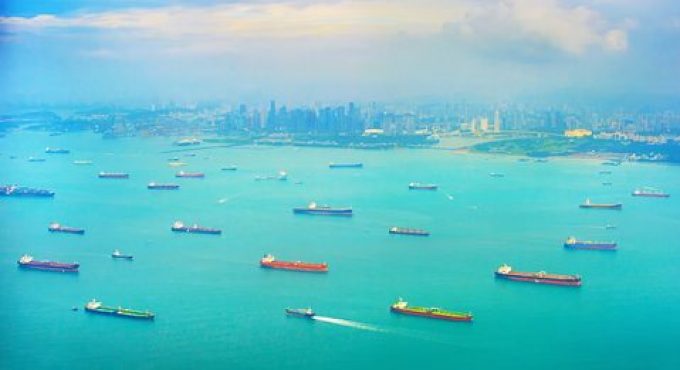Congestion at Asian and European ports keeping charter rates firm
UPDATED TO CHANGE ECONDB DELAYS FROM VESSEL WAITING TIMES TO CONTAINER DWELL TIMES. Bottlenecks at Asian ...

The global cascading effect of port congestion is playing havoc with intra-Asia trade lanes, with large amounts of cargo stuck at transhipment hubs in the south-east.
According to Peter Sundara, global head of ocean freight for a major cargo owner, transhipment freight from Europe, Africa, Oceania and the US is being “dumped” – in Singapore, particularly.
He told The Loadstar: “It’s not a port productivity problem, rather that feeders and mainline vessels are discharging cargo with no mainline connecting vessels coming in ...
Volcanic disruption at Anchorage could hit transpacific airfreight operations
Macron calls for ‘suspension’ – CMA CGM's $20bn US investment in doubt
Forwarders stay cool as US 'liberation day' tariffs threaten 'global trade war'
Shippers snap up airfreight capacity to US ahead of tariff deadline
De minimis exemption on shipments from China to the US will end in May
Tighter EU import requirements proving 'a challenge' for forwarders
Looming Trump tariffs will create 'a bureaucratic monster' for Customs

Comment on this article